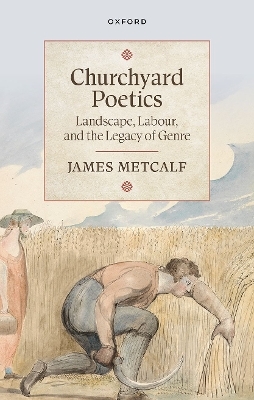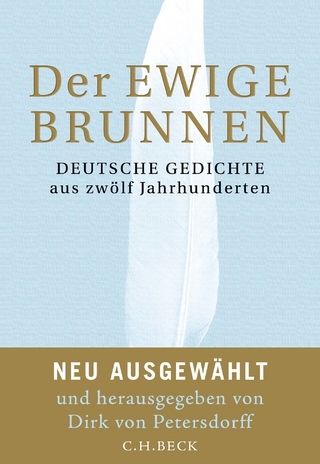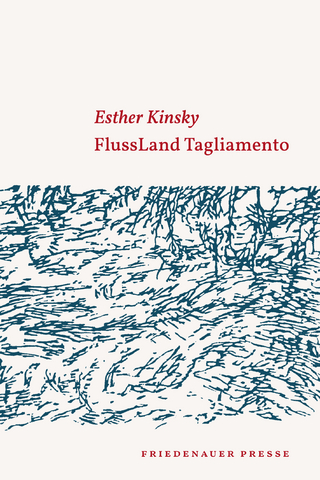
Churchyard Poetics
Landscape, Labour, and the Legacy of Genre
Seiten
2025
Oxford University Press (Verlag)
978-0-19-894385-3 (ISBN)
Oxford University Press (Verlag)
978-0-19-894385-3 (ISBN)
- Noch nicht erschienen (ca. Februar 2025)
- Versandkostenfrei innerhalb Deutschlands
- Auch auf Rechnung
- Verfügbarkeit in der Filiale vor Ort prüfen
- Artikel merken
The churchyard is a familiar but little-understood literary landscape in eighteenth-century scholarship. This book recovers work by women and labouring-class poets to argue that the churchyard was an important and revealing site in the cultural imaginary as this period negotiated the transition to capitalism.
The familiar literary-critical category of 'graveyard poetry' has made the eighteenth-century churchyard a commonplace in the period's cultural imaginary: a location in which melancholy, religious poets get lost in imaginative reveries or didactic visions of the afterlife. By contrast, Churchyard Poetics: Landscape, Labour, and the Legacy of Genre shows how the churchyard takes on a new shape and a fresh importance for a counter-tradition of women and labouring-class poets, for whom this landscape is a resting place with no closure. In work by Mary Leapor, Ann Yearsley, Charlotte Smith, and John Clare-but also for Robert Blair, Thomas Gray, and William Wordsworth-the churchyard emerges as a contested space of social life through a shared focus on the body as the instrument of labour.
Churchyard Poetics focuses on how these poets use genres like georgic, pastoral, topographical poetry, and elegy to locate the churchyard in a broader terrain of laborious life, disarranged in the press towards industrial capitalism. Managing the material of their violently reordered world through genre and other aesthetic strategies, these poets articulate the pressures on working bodies and the associated structures of feeling attendant on the experience of history at its sharpest edge.
The poems examined in Churchyard Poetics thus strain against without resolving the ideal the churchyard is made to express: that collective life is reassuringly organised around places of burial and remembrance. Declining continuity or consolation, the poets at the centre of this book refigure the churchyard as a traumatised landscape and unearth from its wounded ground an affective archive of social injury-of bodies compelled into service by new regimes of labour and dispatched to the churchyard when their usefulness runs out.
The familiar literary-critical category of 'graveyard poetry' has made the eighteenth-century churchyard a commonplace in the period's cultural imaginary: a location in which melancholy, religious poets get lost in imaginative reveries or didactic visions of the afterlife. By contrast, Churchyard Poetics: Landscape, Labour, and the Legacy of Genre shows how the churchyard takes on a new shape and a fresh importance for a counter-tradition of women and labouring-class poets, for whom this landscape is a resting place with no closure. In work by Mary Leapor, Ann Yearsley, Charlotte Smith, and John Clare-but also for Robert Blair, Thomas Gray, and William Wordsworth-the churchyard emerges as a contested space of social life through a shared focus on the body as the instrument of labour.
Churchyard Poetics focuses on how these poets use genres like georgic, pastoral, topographical poetry, and elegy to locate the churchyard in a broader terrain of laborious life, disarranged in the press towards industrial capitalism. Managing the material of their violently reordered world through genre and other aesthetic strategies, these poets articulate the pressures on working bodies and the associated structures of feeling attendant on the experience of history at its sharpest edge.
The poems examined in Churchyard Poetics thus strain against without resolving the ideal the churchyard is made to express: that collective life is reassuringly organised around places of burial and remembrance. Declining continuity or consolation, the poets at the centre of this book refigure the churchyard as a traumatised landscape and unearth from its wounded ground an affective archive of social injury-of bodies compelled into service by new regimes of labour and dispatched to the churchyard when their usefulness runs out.
James Metcalf is a Lecturer in Eighteenth-Century English Literature at The University of Manchester, where he joined the Department of English, American Studies, and Creative Writing in 2023. He studied at the University of York and worked as a journalist before taking his AHRC-funded PhD at King's College London, and he was Lecturer in Eighteenth-Century Literature and Culture at King's from 2021 to 2023.
| Erscheint lt. Verlag | 6.2.2025 |
|---|---|
| Verlagsort | Oxford |
| Sprache | englisch |
| Maße | 138 x 216 mm |
| Themenwelt | Literatur ► Lyrik / Dramatik ► Lyrik / Gedichte |
| Geisteswissenschaften ► Sprach- / Literaturwissenschaft ► Anglistik / Amerikanistik | |
| Geisteswissenschaften ► Sprach- / Literaturwissenschaft ► Literaturwissenschaft | |
| ISBN-10 | 0-19-894385-7 / 0198943857 |
| ISBN-13 | 978-0-19-894385-3 / 9780198943853 |
| Zustand | Neuware |
| Haben Sie eine Frage zum Produkt? |
Mehr entdecken
aus dem Bereich
aus dem Bereich
Deutsche Gedichte aus zwölf Jahrhunderten
Buch | Hardcover (2023)
C.H.Beck (Verlag)
28,00 €


